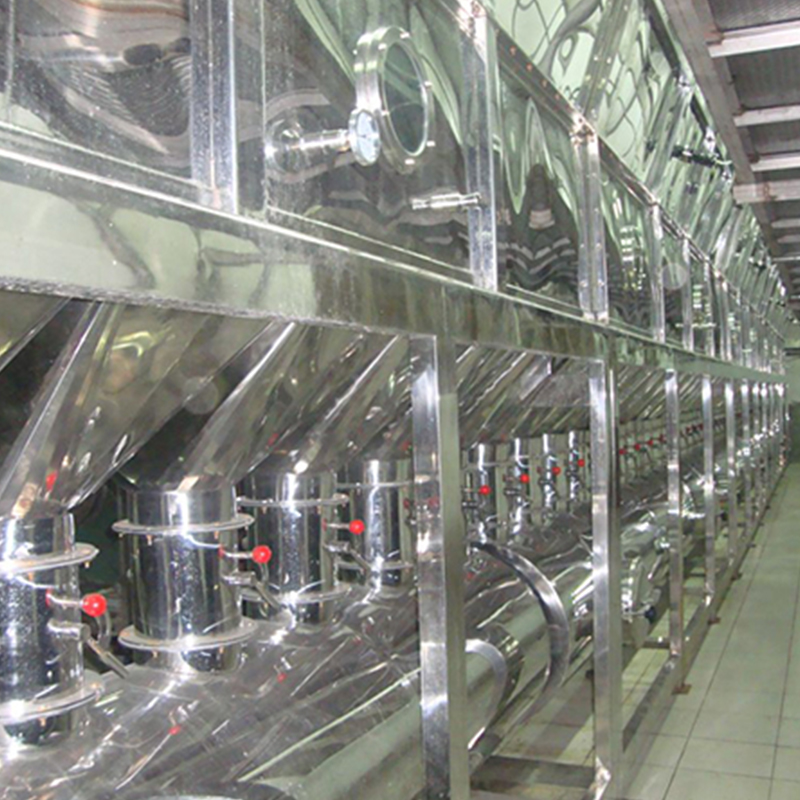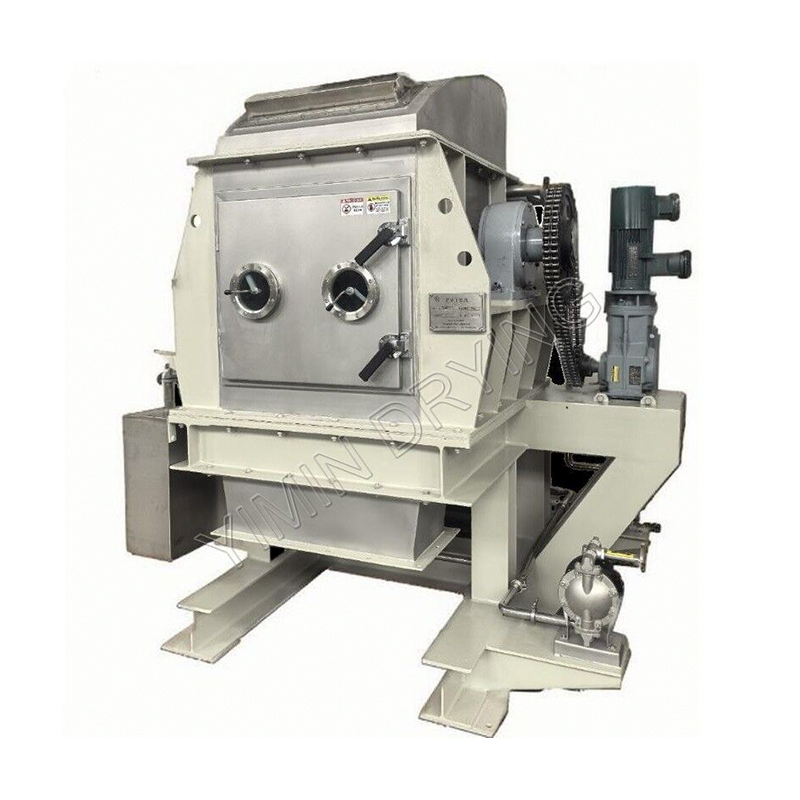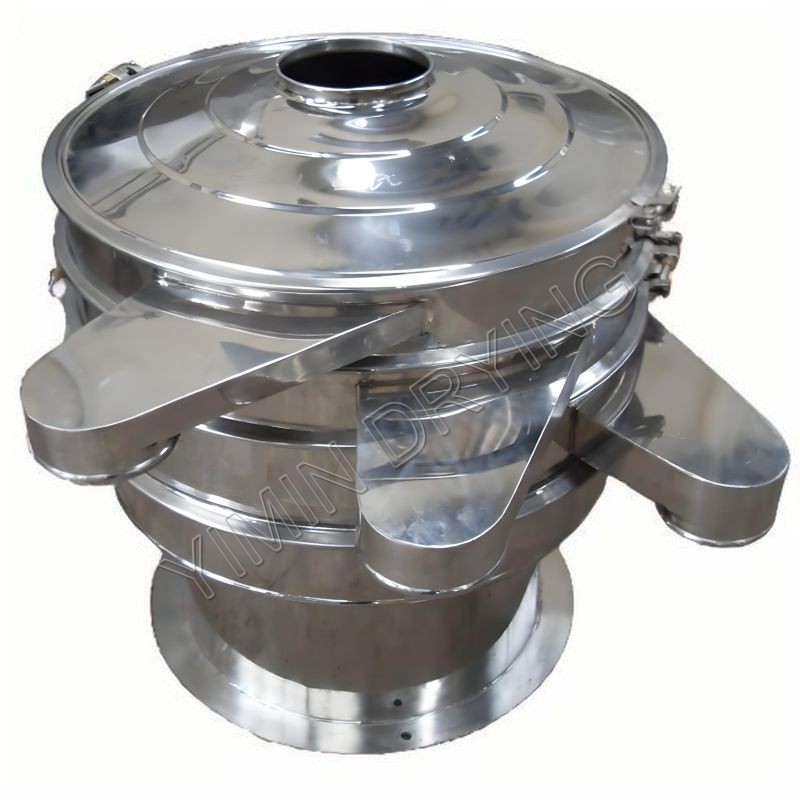What is the difference between a batch and a continuous fluid bed dryer?
A fluid bed dryer is a piece of equipment used to reduce the moisture content of solid materials, such as powders, granules, and pellets. The process works by suspending the solid particles in a stream of heated gas, typically air, which causes the particles to behave like a fluid. This fluidization ensures that each particle is surrounded by the drying gas, leading to efficient and uniform heat and mass transfer. While the core principle remains the same, fluid bed dryers can be classified into two primary types based on their operation: batch and continuous. Understanding the distinction between these two is critical for selecting the right equipment for a specific industrial application.
Batch Fluid Bed Dryers
A batch fluid bed dryer operates in a cyclical manner. A fixed amount, or "batch," of wet material is loaded into the dryer's chamber. The drying process then begins and continues until the entire batch reaches the desired moisture level. Once the drying cycle is complete, the gas flow is stopped, and the dried product is discharged. The dryer is then ready to be reloaded for the next batch.
The key characteristic of batch dryers is that they process a discrete quantity of material at a time. This makes them highly suitable for:
-
Small-scale production: They are often used in research and development, pilot plants, and industries with lower production volumes.
-
Varying product types: The batch nature allows for easy changeover between different products. Since the entire chamber is emptied after each run, there's minimal risk of cross-contamination.
-
Sensitive products: The drying parameters can be precisely controlled for each batch, which is beneficial for materials that require specific drying conditions to maintain their quality.
While flexible, batch dryers have some limitations. The production process is not continuous, which can lead to downtime between batches for loading and unloading. This can reduce overall efficiency and throughput compared to continuous systems.
Continuous Fluid Bed Dryers
In contrast, a continuous fluid bed dryer processes a steady, uninterrupted flow of material. Wet material is continuously fed into one end of the drying chamber, typically through a feed chute or a conveyor. As the material moves along the length of the chamber, it is exposed to the heated drying gas. By the time the material reaches the other end of the chamber, it has been sufficiently dried and is continuously discharged. The material's residence time within the dryer is controlled by factors such as the bed's inclination, vibration, and the gas flow rate.

This mode of operation is often referred to as a continuous flow fluid bed dryer or a constant throughput fluid bed processor. The key advantages of continuous systems are:
-
High throughput: They are designed for large-scale production and can handle significant volumes of material per hour, making them ideal for high-volume manufacturing.
-
Improved efficiency: The continuous operation eliminates the downtime associated with loading and unloading, leading to higher overall productivity.
-
Automation: Continuous systems are easier to integrate into automated production lines, as they can be fed directly from upstream processes and discharge directly into downstream equipment.
A drawback is their lack of flexibility. Changing between different product types can be more complex and time-consuming than with a batch system, often requiring extensive cleaning to prevent product mixing. They are best suited for situations where a single product or a small range of products is produced consistently over long periods.



 English
English русский
русский عربى
عربى Türk
Türk




